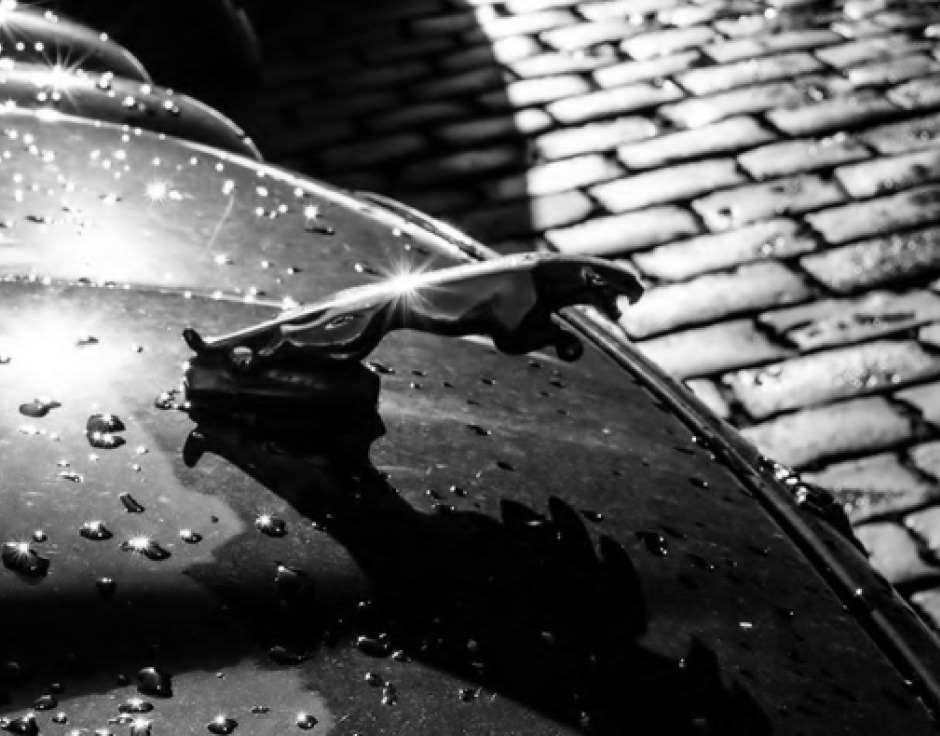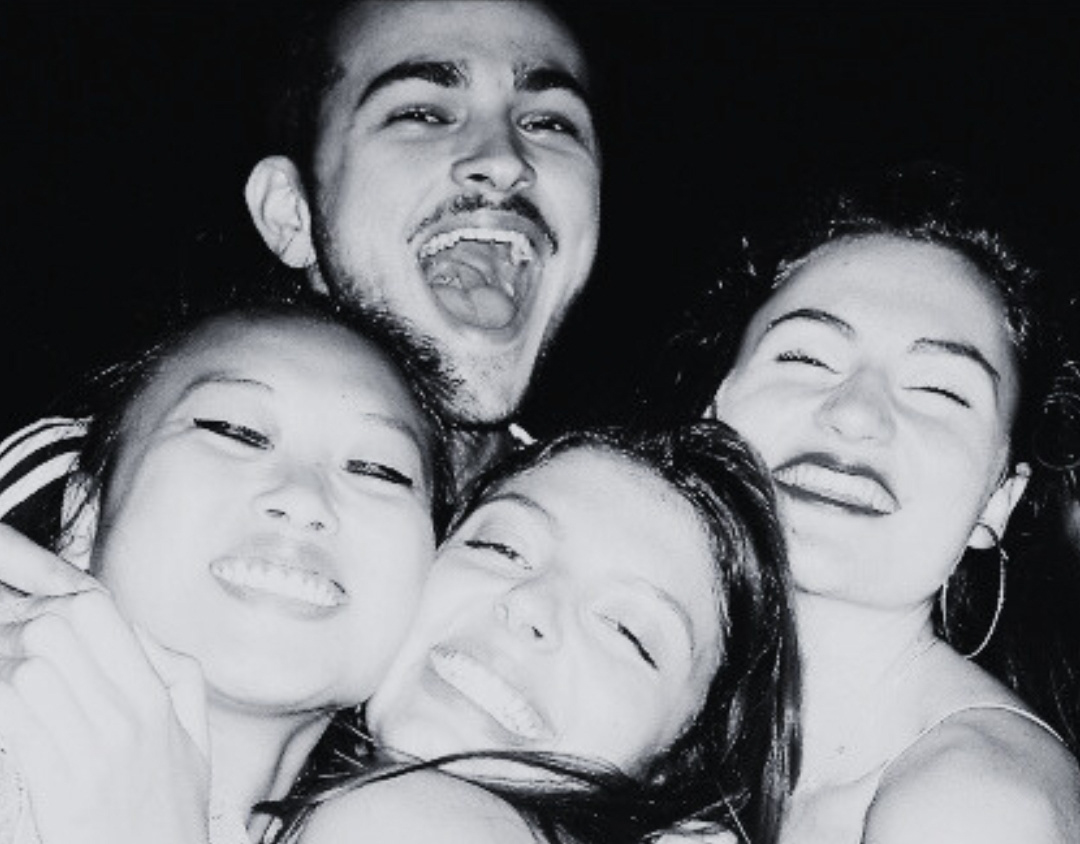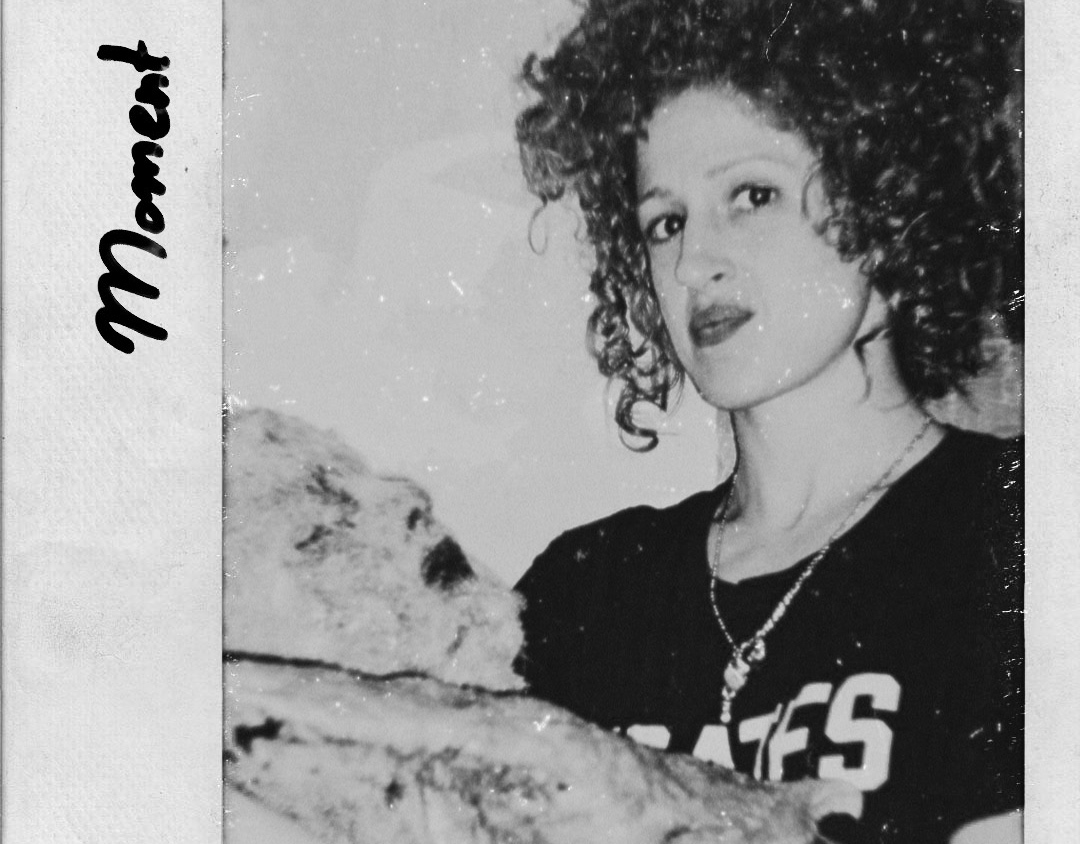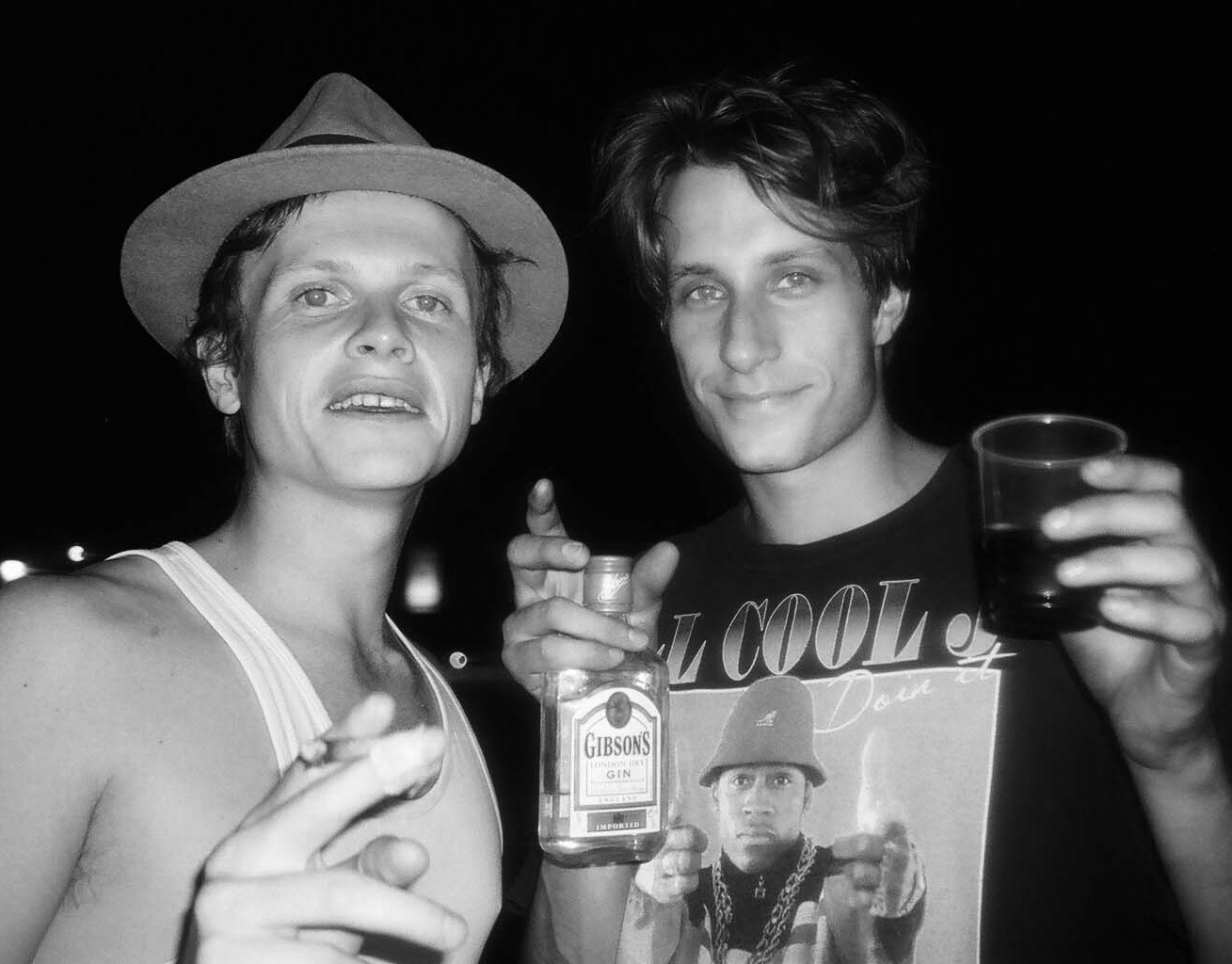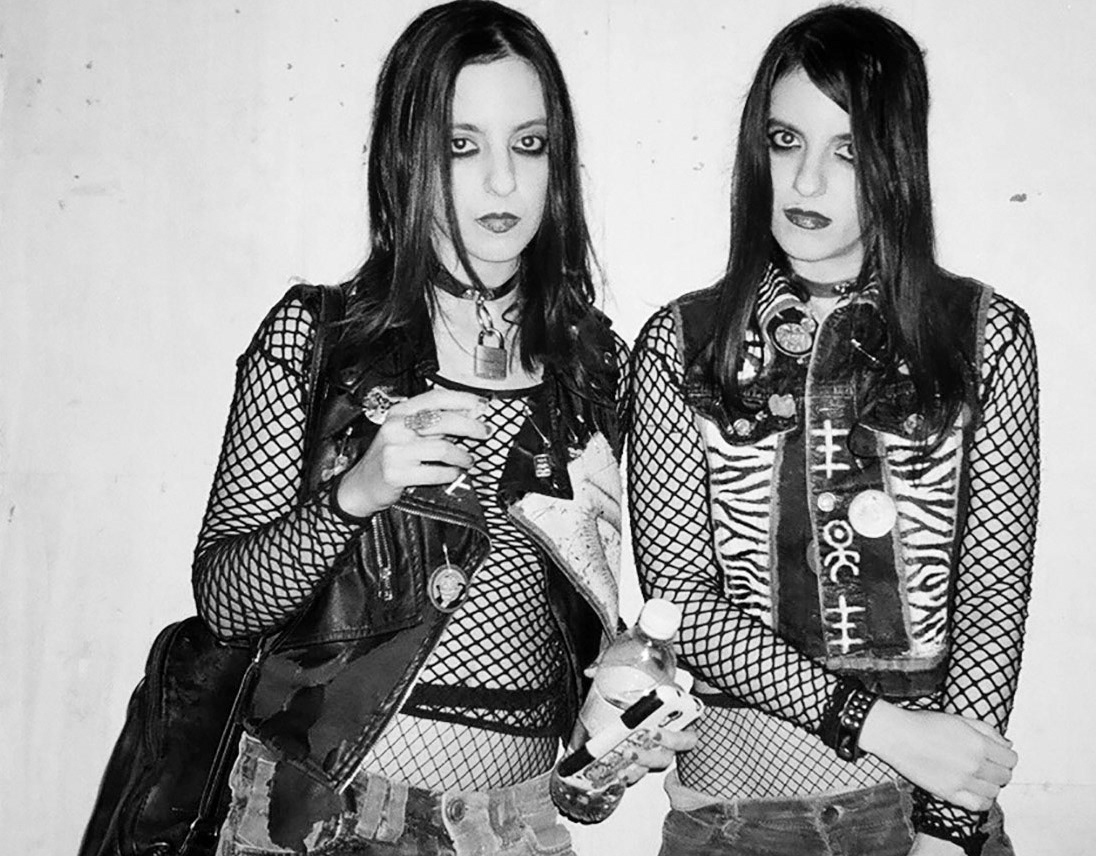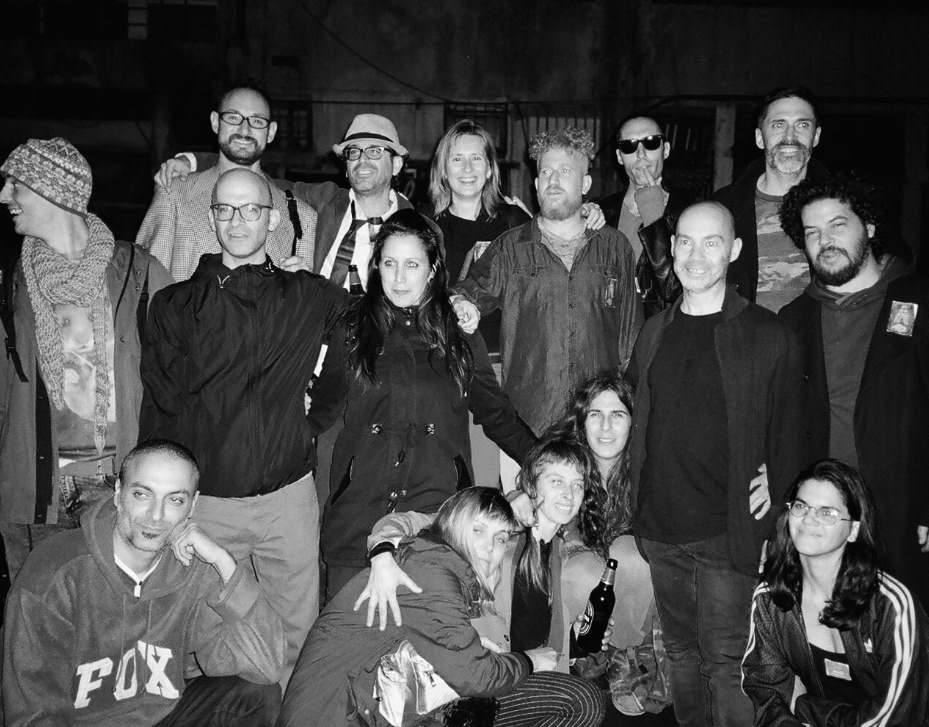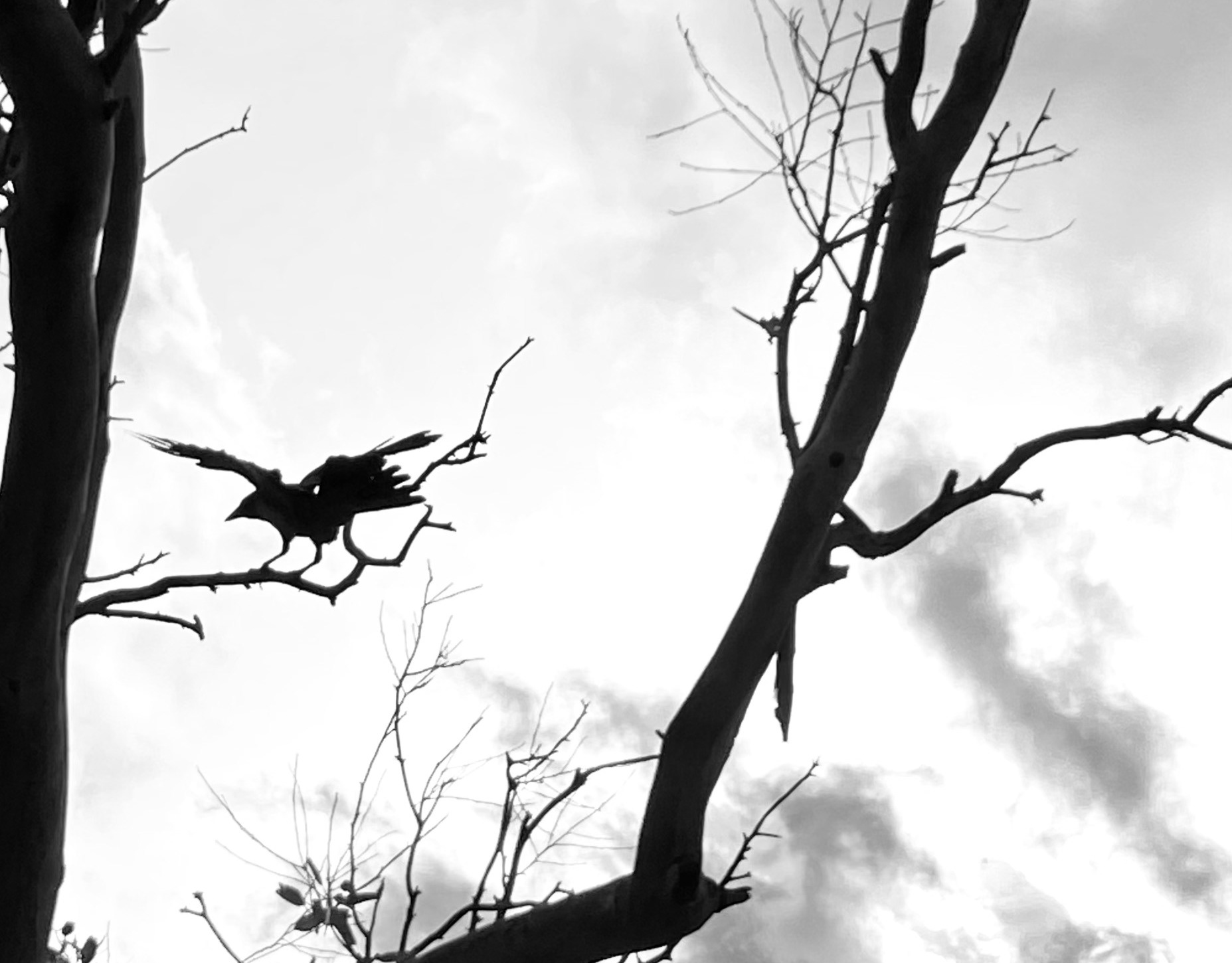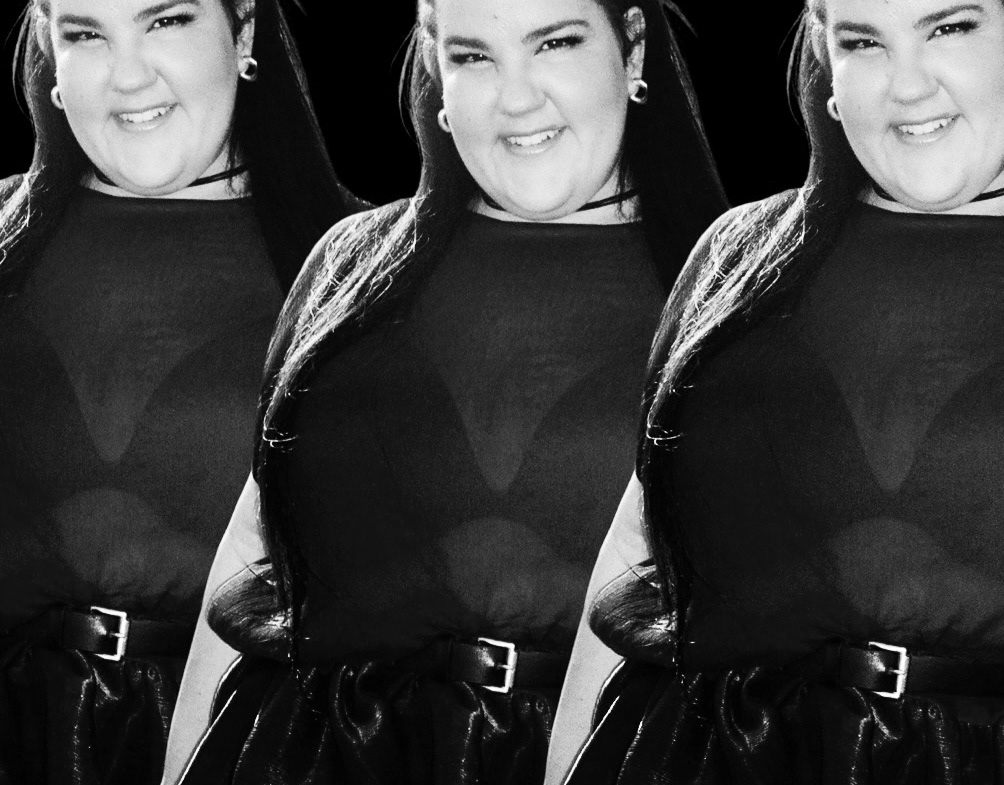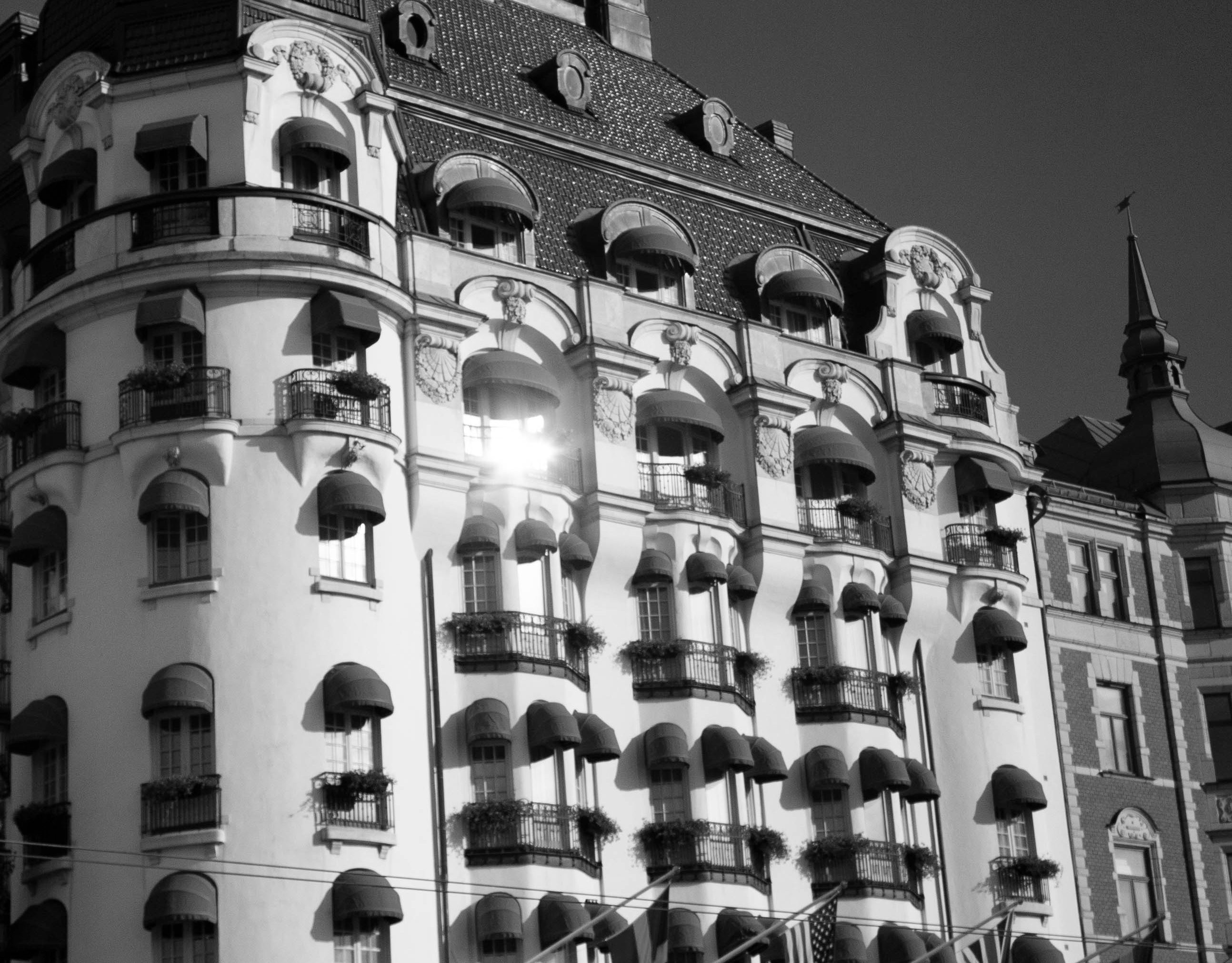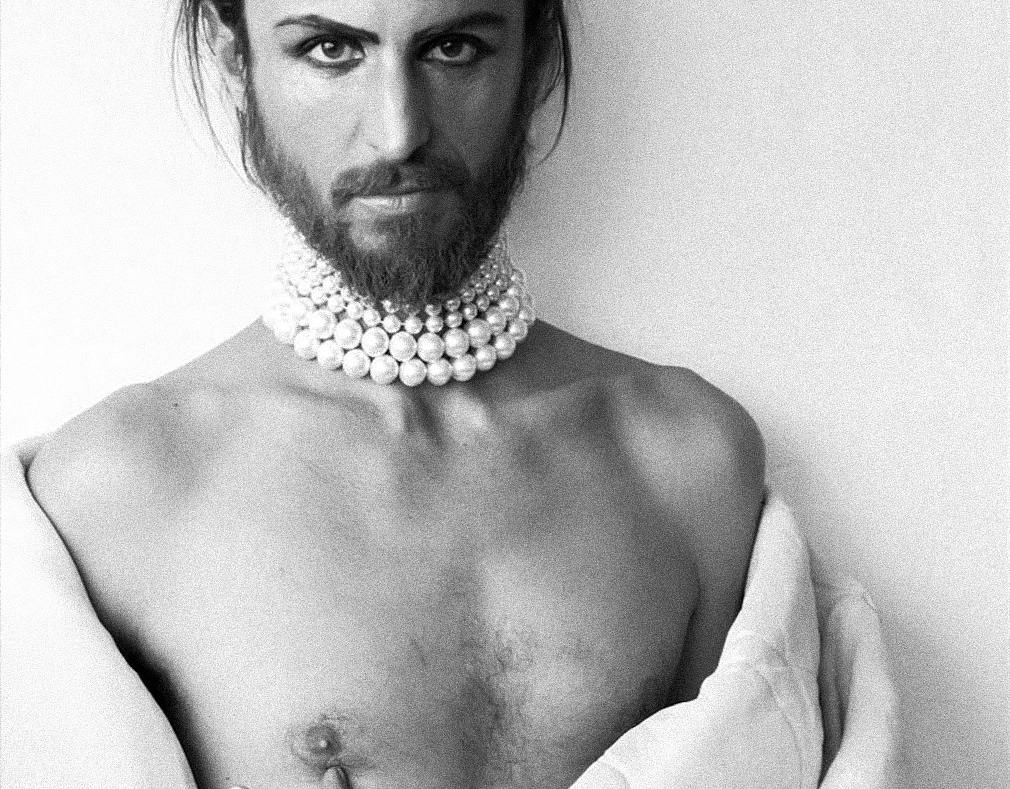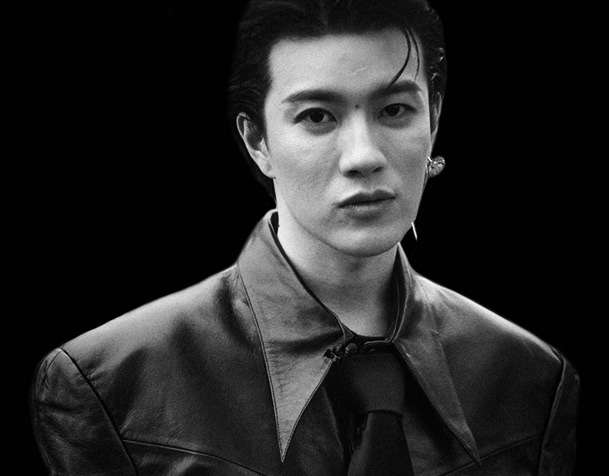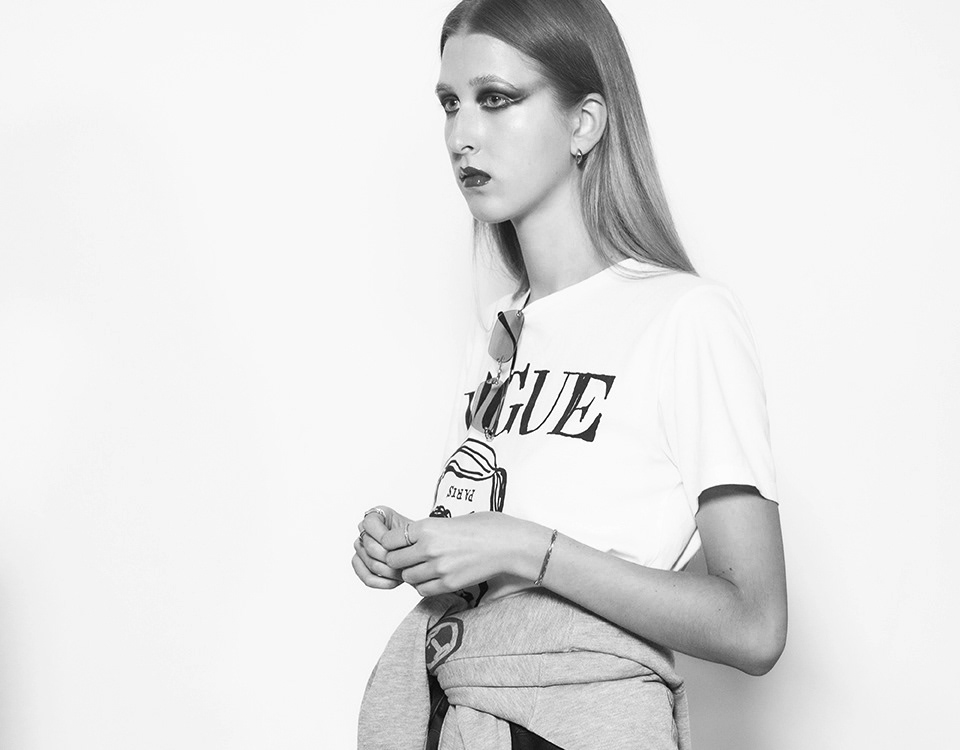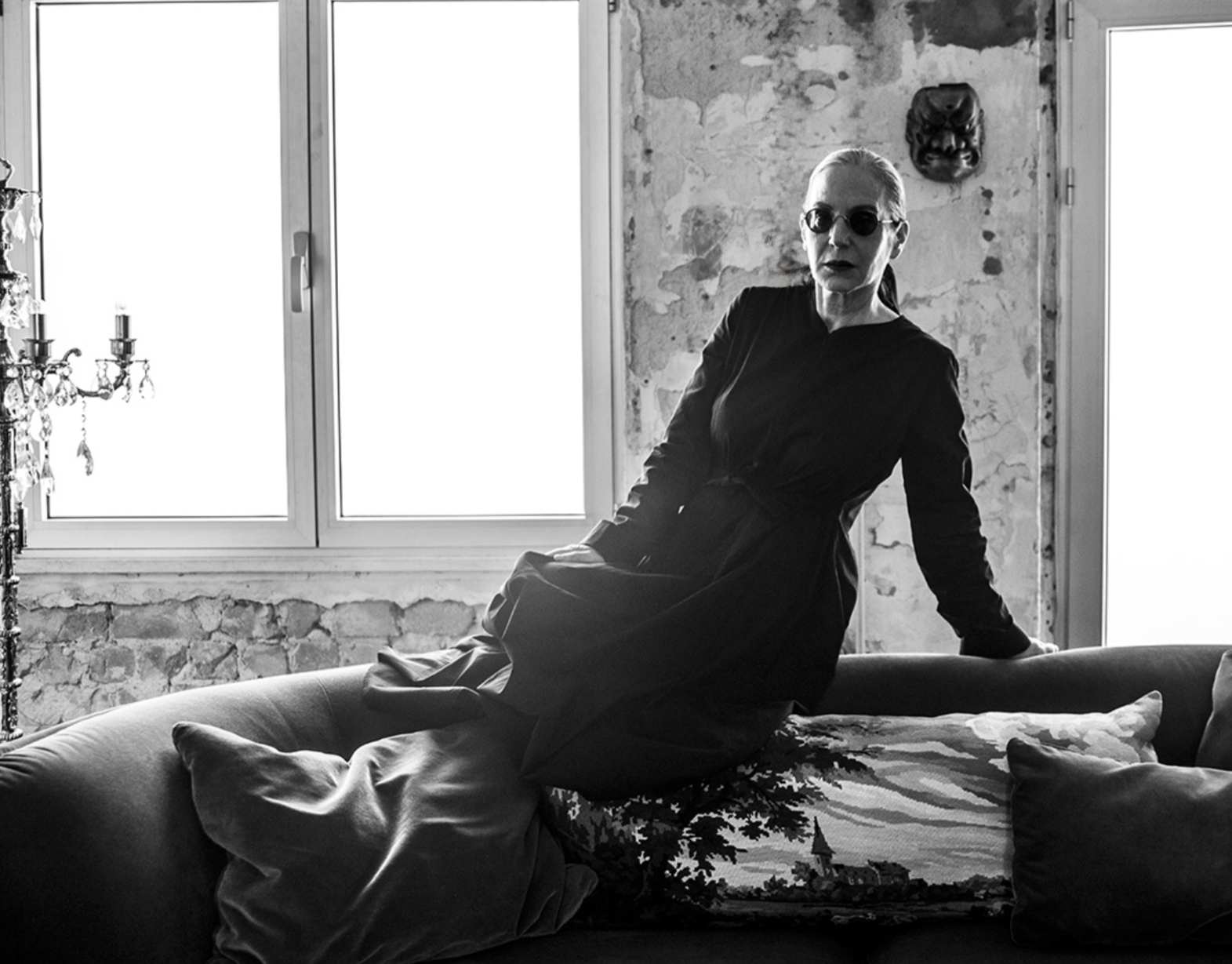Cover photos and advertising materials serve as visual gateways to your creative endeavors, offering audiences a glimpse into the essence and allure of your workshops, films, records, plays, and exhibitions.
These elements hold a crucial role in arousing interest, conveying messages, and enticing potential participants, viewers, or attendees.
Let us delve into the world of cover photos and advertising strategies to explore how they can elevate your projects to unprecedented heights.
1. Workshops:
Cover Photo: Display the workshop's theme, setting, or an engaging activity that captures the heart of the learning experience. A dynamic image of participants engrossed in activities can spark curiosity.
Advertising: Construct compelling visuals that spotlight the benefits of attending the workshop. Infuse the text with the acquired skills, esteemed facilitators, and the interactive nature of the event.
2. Films:
Cover Photo: Craft a captivating image encapsulating the film's mood, genre, or pivotal scene. A visually arresting shot can effectively communicate the film's ambiance, intriguing potential viewers.
Advertising: Employ imagery that offers a sneak peek into the storyline, main characters, or central conflicts. Integrate typography that mirrors the film's genre and tone, while fostering a sense of anticipation.
3. Records:
Cover Photo: Design an album cover that resonates with the music's genre, lyrics, or emotional undertones. Visual elements should evoke the auditory experience, extending the album cover as an embodiment of the music itself.
Advertising: Develop visuals that stir the emotions and themes conveyed through the music. Employ imagery aligned with the artist's brand and style, accompanied by snippets of lyrics to foster a profound connection.
4. Plays:
Cover Photo: Handpick an image that captures the play's pivotal moment or central theme. This image should tantalize potential theatergoers, conveying the play's distinctive narrative.
Advertising: Devise visuals that encapsulate the essence of the play's genre and plot. Incorporate pertinent quotes or excerpts from the dialogue to provide a glimpse of the conversation and tone.
5. Exhibitions:
Cover Photo: Select an image that showcases a prominent artwork or installation from the exhibition. This image should mirror the breadth of creativity awaiting discovery.
Advertising: Create visuals that highlight the exhibition's diverse artworks or exhibits. To entice visitors, include details about featured artists, prevailing themes, and interactive elements.
Key Tips for Effective Cover Photos and Advertising:
Maintain Consistency:
Guarantee that the visual style, color palette, and typography align with the overarching branding of your project.
Evoke Emotion:
Use imagery and design elements that evoke emotions and experiences associated with the event or creation.
Keep It Clear:
Employ concise, impactful text to convey crucial information, such as event dates, venue, and ticket details. Use Hierarchy: Arrange visual and textual elements so the viewer's gaze is guided to the most essential information.
Audience-Centric:
Tailor your visuals and messaging to resonate with your target audience's preferences and interests.
Amid a content-saturated landscape, cover photos and advertising materials serve as your audience's initial points of contact.
By meticulously crafting captivating visuals and strategically advertising, you can pique curiosity, build anticipation, and magnetize people to immerse themselves in your realm of creativity and innovation.

